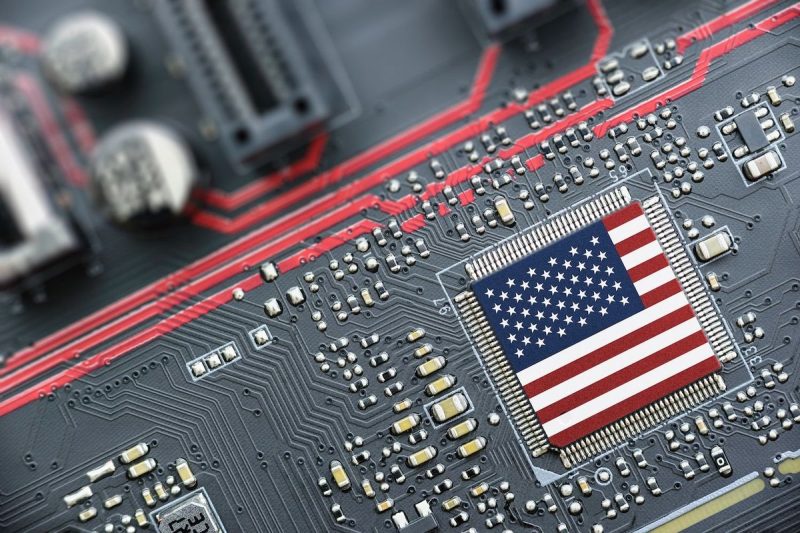
Biden’s Big Bet: $7.9 Billion Boost for Semiconductor Sector Expansion
In a strategic move to revitalize the semiconductor sector and address the global shortage of chips, the Biden administration has recently announced a significant investment of $7.9 billion in the industry. This injection of funds aims to bolster domestic production capacity, reduce reliance on foreign suppliers, and enhance national security in critical technologies.
The semiconductor industry plays a pivotal role in the modern economy and is at the heart of various advanced technologies, including artificial intelligence, 5G networks, and electric vehicles. The shortage of semiconductor chips has disrupted the supply chain of various industries, ranging from automotive to consumer electronics. By investing heavily in the semiconductor sector, the government is not only addressing the immediate chip shortage but also laying the foundation for long-term sustainability and growth.
The $7.9 billion investment will support research and development initiatives, build new manufacturing facilities, and incentivize companies to expand their domestic production capabilities. This funding will enable the United States to reduce its dependency on overseas suppliers, particularly in countries like Taiwan and South Korea, and secure its supply chain against geopolitical risks and trade disruptions.
Furthermore, this investment is a strategic response to the growing competition from other countries, particularly China, which has been aggressively investing in its semiconductor industry in recent years. By strengthening the domestic semiconductor sector, the U.S. aims to maintain its technological leadership, drive innovation, and create high-quality jobs in a critical industry.
The Biden administration’s decision to award $7.9 billion for semiconductor sector growth underscores the importance of the industry for national security, economic competitiveness, and technological innovation. Through this investment, the U.S. is not only mitigating the current chip shortage but also positioning itself as a global leader in semiconductor manufacturing and research.
In conclusion, the recent announcement of the $7.9 billion investment in the semiconductor sector marks a significant milestone in the efforts to revitalize the industry and secure the nation’s technological future. This strategic move will not only address the immediate challenges posed by the chip shortage but also pave the way for sustainable growth, innovation, and leadership in critical technologies. By harnessing the power of semiconductors, the United States is poised to strengthen its position in the global economy and advance its strategic interests in the digital age.
